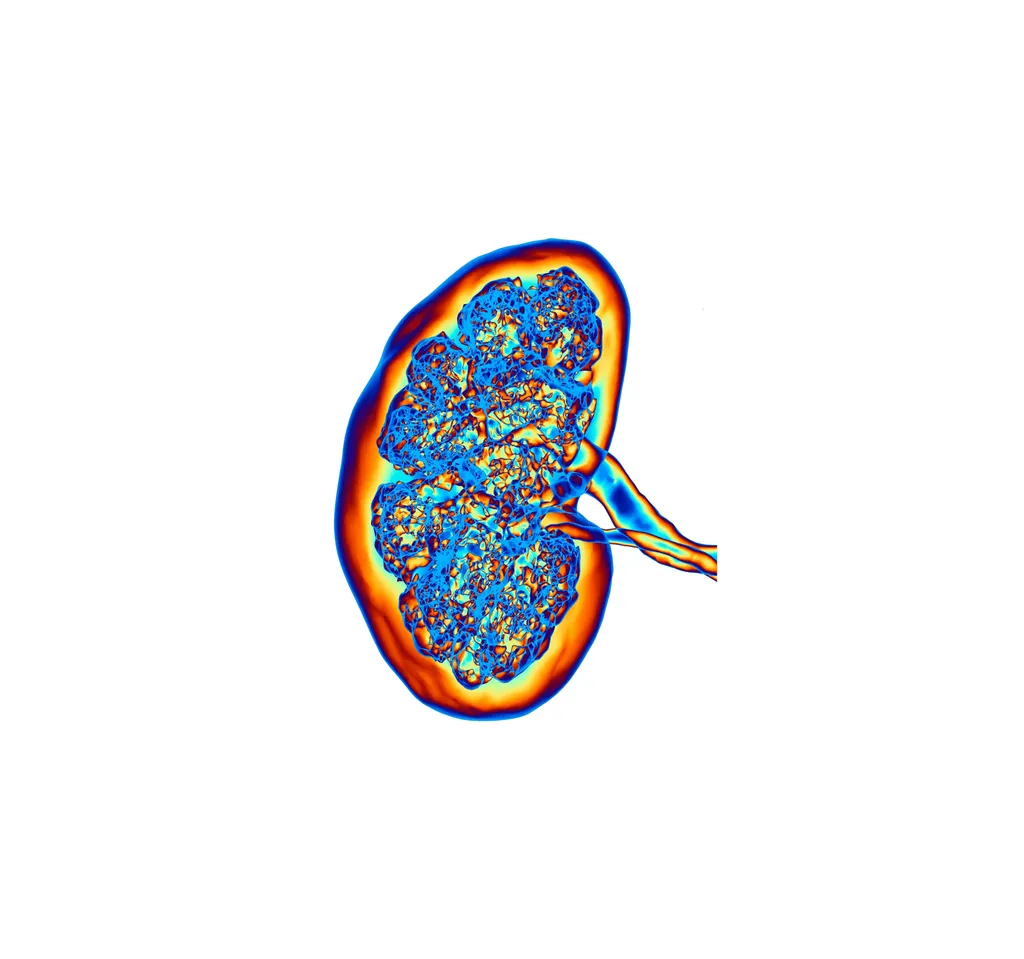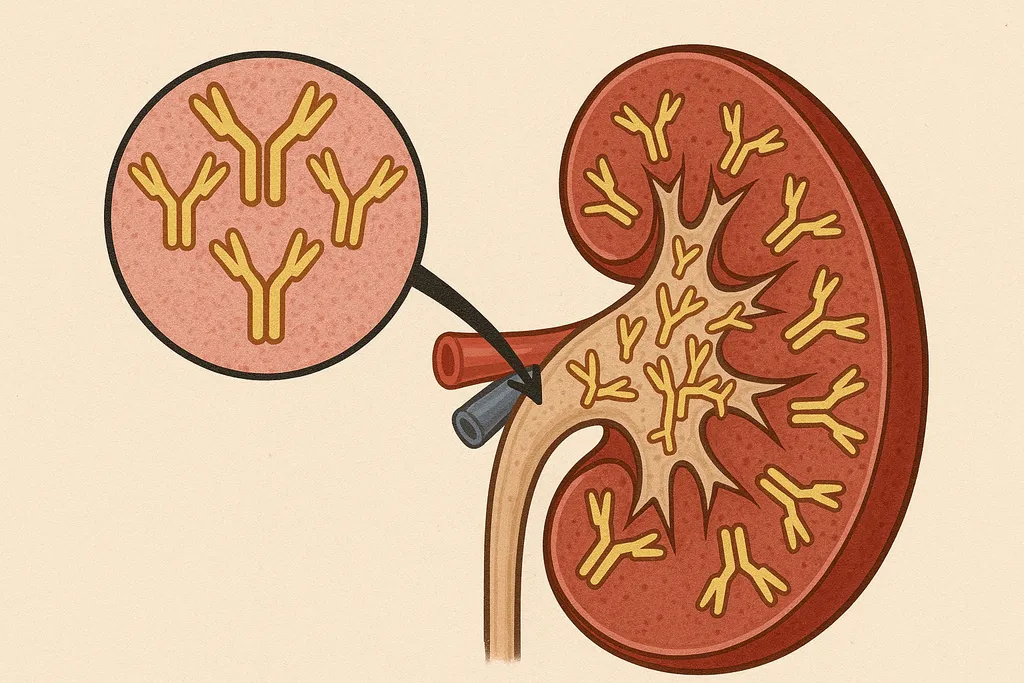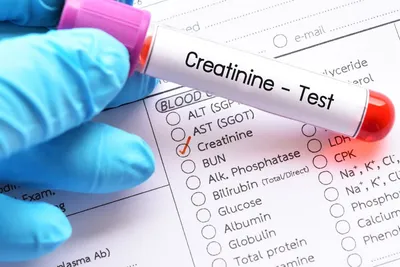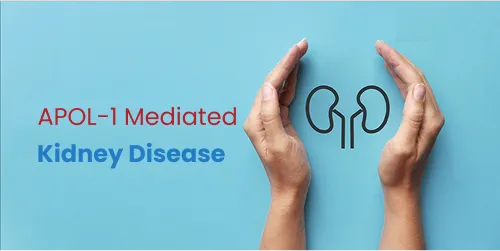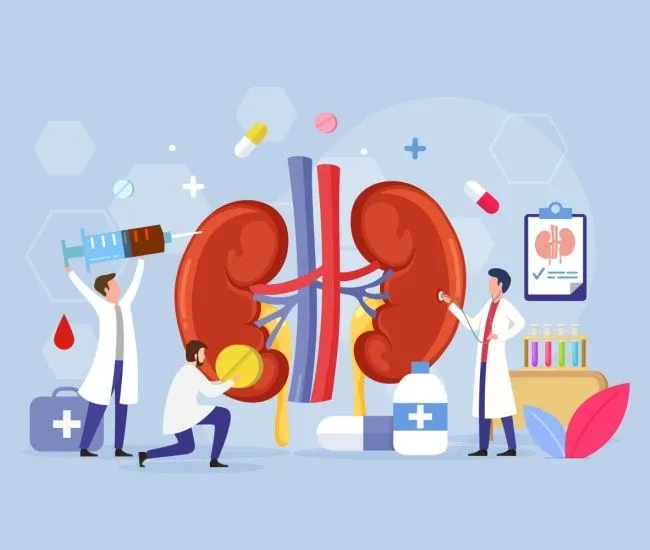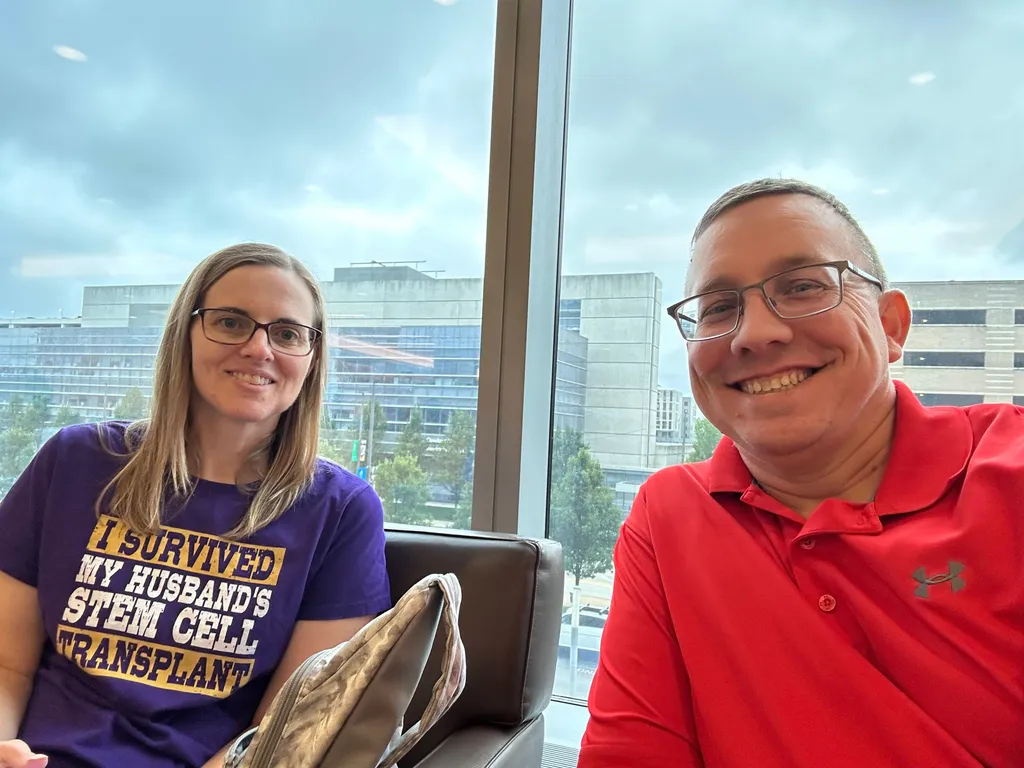Children and Dialysis
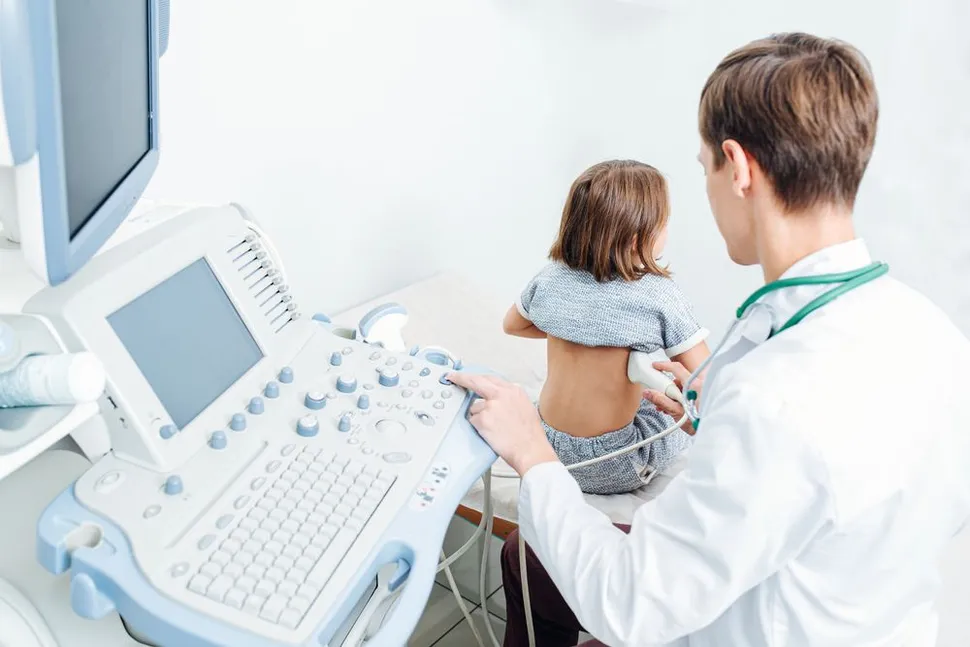
In the United States, more than 9,800 children and adolescents have renal failure or end-stage renal disease (ESRD). A life-saving kidney transplant or dialysis are the only options for these young patients. The average life expectancy on dialysis is 5-10 years, but many children have lived 20 or even 30 years on dialysis. Some kids with sudden or acute kidney failure need dialysis for a short time until the kidneys get better. But if chronic kidney disease turns into kidney failure, the child's kidneys will not get better. These kids need dialysis for life unless they get a kidney transplant.
Dialysis filters waste from the blood when the kidneys are unable to do so. There are two types of dialysis:
- Hemodialysis: done at a hospital or dialysis center, usually three times a week. The patient is connected to a machine that takes the blood out of the body, cleans and filters it, then returns it back to the child. The entire process usually takes 3-4 hours.
- Peritoneal Dialysis: can be done at home and there is no blood involved. A catheter is placed permanently inside the patient’s belly. A parent attaches the catheter to a dialysis machine called a cycler. The cycler fills the child’s abdomen with a solution that absorbs waste and extra fluid and then drains it out of the body. This process happens about 10 times per treatment. Most parents start the treatment at bedtime so that the child may sleep through the process.
Most parents with a child or adolescent experiencing kidney failure or disease choose to perform the peritoneal dialysis themselves in the convenience of their home. Parents receive extensive training and information in order to complete the dialysis process properly. Peritoneal dialysis tends to have fewer side effects (like cramping and nausea) compared to hemodialysis. There are also some dietary restrictions with peritoneal dialysis, but even more with hemodialysis. Thus, parents usually choose at-home dialysis for their child because it is more gentle.
Nutrition and infection are the most common areas that are monitored with a child on dialysis. “Nutrition is important because many young children on dialysis have feeding issues and are receiving nutrition through a feeding tube. Since most donated kidneys come from adults, babies need to grow and develop before their bodies and blood vessels can support an adult kidney. Nutrition is essential to their growth.”
Once parents are home and dialysis begins, daily communication with your child’s nephrology team is vital. A daily log of blood pressure, weight, fluid removed, etc. is taken. This monitoring gives health care providers a critical view of your child’s overall health. At the first sign of infection, the patient is immediately brought to the hospital and treated to prevent any further kidney damage.
“But peritoneal dialysis is a lot of work for parents. They need to keep the room where their child receives dialysis clean to prevent infections. They need to store boxes of supplies at home. Setting up the dialysis machine every night and disconnecting it every morning is a lot of work, and parents always have to monitor their child for signs of infection and other complications, such as fluid overload and dehydration.”
As with adults, there are treatment options available to children who experience kidney injury or chronic disease. These treatments, such as dialysis, help to provide a long and healthy life.
In the United States, more than 9,800 children and adolescents have renal failure or end-stage renal disease (ESRD). A life-saving kidney transplant or dialysis are the only options for these young patients. The average life expectancy on dialysis is 5-10 years, but many children have lived 20 or even 30 years on dialysis. Some kids with sudden or acute kidney failure need dialysis for a short time until the kidneys get better. But if chronic kidney disease turns into kidney failure, the child's kidneys will not get better. These kids need dialysis for life unless they get a kidney transplant.
Dialysis filters waste from the blood when the kidneys are unable to do so. There are two types of dialysis:
- Hemodialysis: done at a hospital or dialysis center, usually three times a week. The patient is connected to a machine that takes the blood out of the body, cleans and filters it, then returns it back to the child. The entire process usually takes 3-4 hours.
- Peritoneal Dialysis: can be done at home and there is no blood involved. A catheter is placed permanently inside the patient’s belly. A parent attaches the catheter to a dialysis machine called a cycler. The cycler fills the child’s abdomen with a solution that absorbs waste and extra fluid and then drains it out of the body. This process happens about 10 times per treatment. Most parents start the treatment at bedtime so that the child may sleep through the process.
Most parents with a child or adolescent experiencing kidney failure or disease choose to perform the peritoneal dialysis themselves in the convenience of their home. Parents receive extensive training and information in order to complete the dialysis process properly. Peritoneal dialysis tends to have fewer side effects (like cramping and nausea) compared to hemodialysis. There are also some dietary restrictions with peritoneal dialysis, but even more with hemodialysis. Thus, parents usually choose at-home dialysis for their child because it is more gentle.
Nutrition and infection are the most common areas that are monitored with a child on dialysis. “Nutrition is important because many young children on dialysis have feeding issues and are receiving nutrition through a feeding tube. Since most donated kidneys come from adults, babies need to grow and develop before their bodies and blood vessels can support an adult kidney. Nutrition is essential to their growth.”
Once parents are home and dialysis begins, daily communication with your child’s nephrology team is vital. A daily log of blood pressure, weight, fluid removed, etc. is taken. This monitoring gives health care providers a critical view of your child’s overall health. At the first sign of infection, the patient is immediately brought to the hospital and treated to prevent any further kidney damage.
“But peritoneal dialysis is a lot of work for parents. They need to keep the room where their child receives dialysis clean to prevent infections. They need to store boxes of supplies at home. Setting up the dialysis machine every night and disconnecting it every morning is a lot of work, and parents always have to monitor their child for signs of infection and other complications, such as fluid overload and dehydration.”
As with adults, there are treatment options available to children who experience kidney injury or chronic disease. These treatments, such as dialysis, help to provide a long and healthy life.

about the author
Lisa Foster
Lisa Foster is a mom of 3 daughters and 1 perfect grandchild, a puzzle lover, writer and HealthTree advocate. She believes in the mission of the foundation and the team that builds it forward. She calls Houston, Texas home.
More on Core Education
Get the Latest Kidney Disease Updates, Delivered to You.
By subscribing to the HealthTree newsletter, you'll receive the latest research, treatment updates, and expert insights to help you navigate your health.
Together we care.
Together we cure.
3x Faster.

